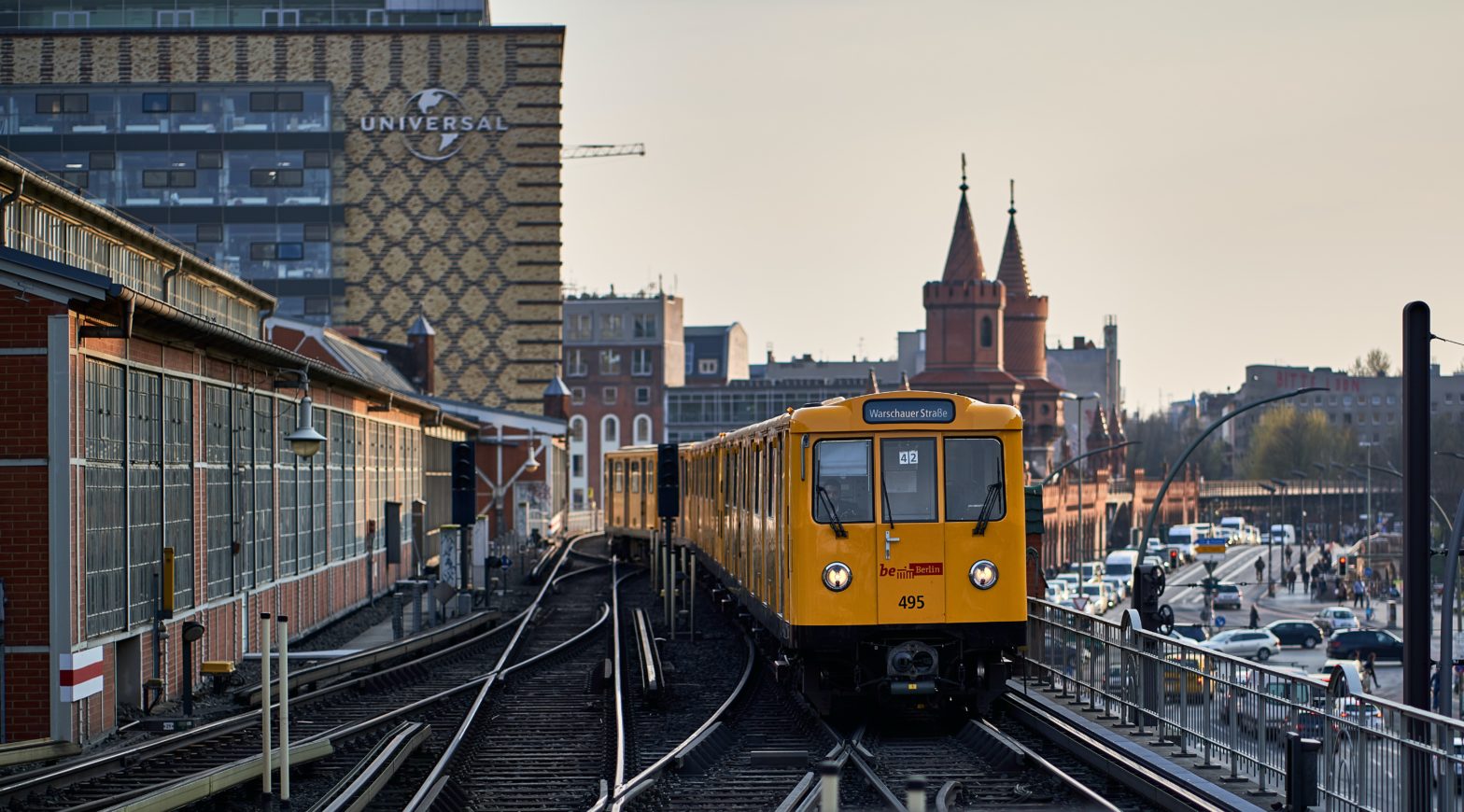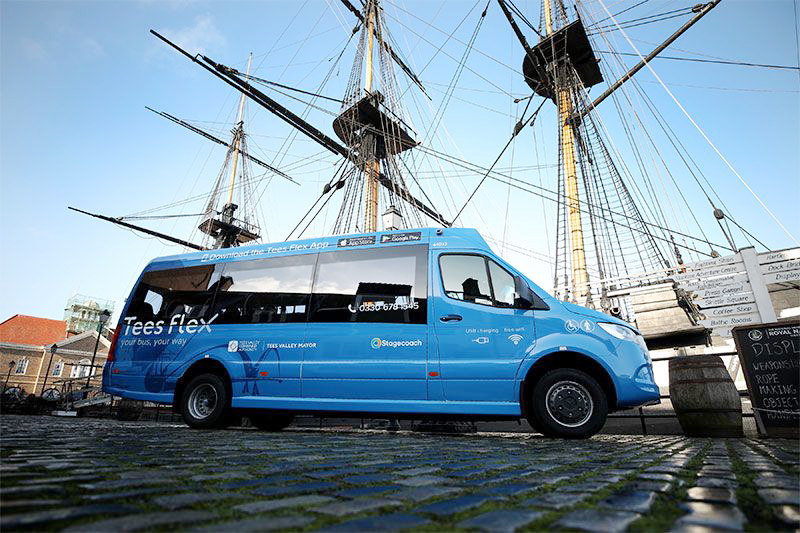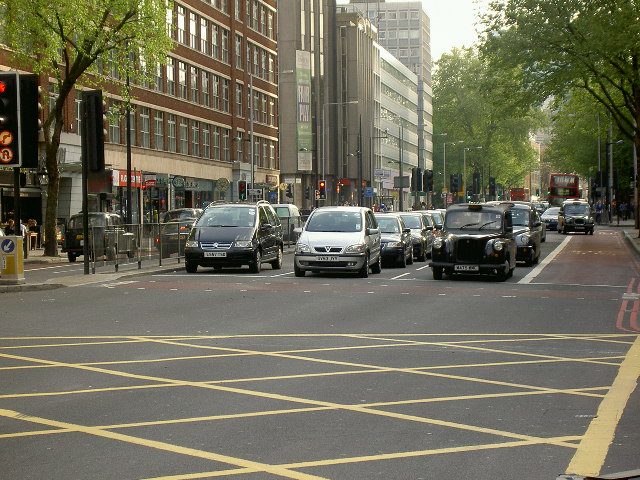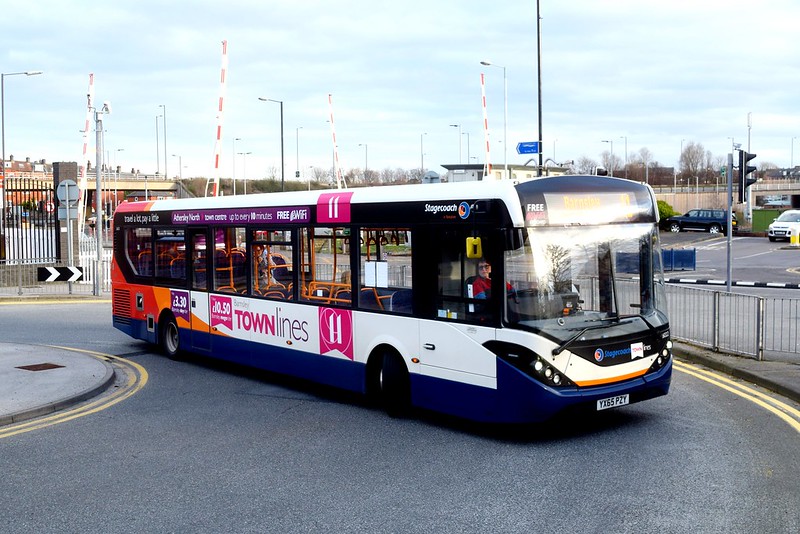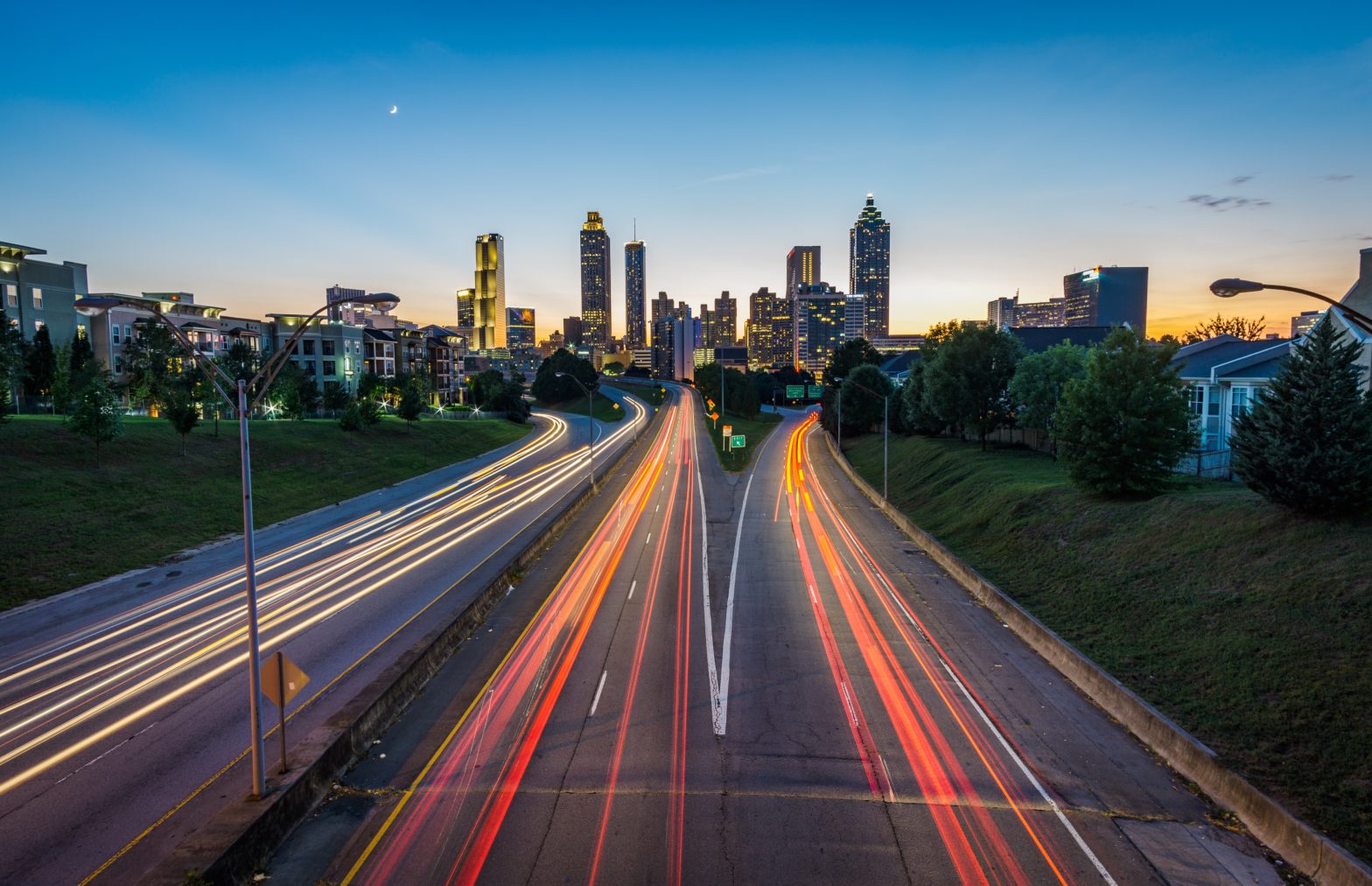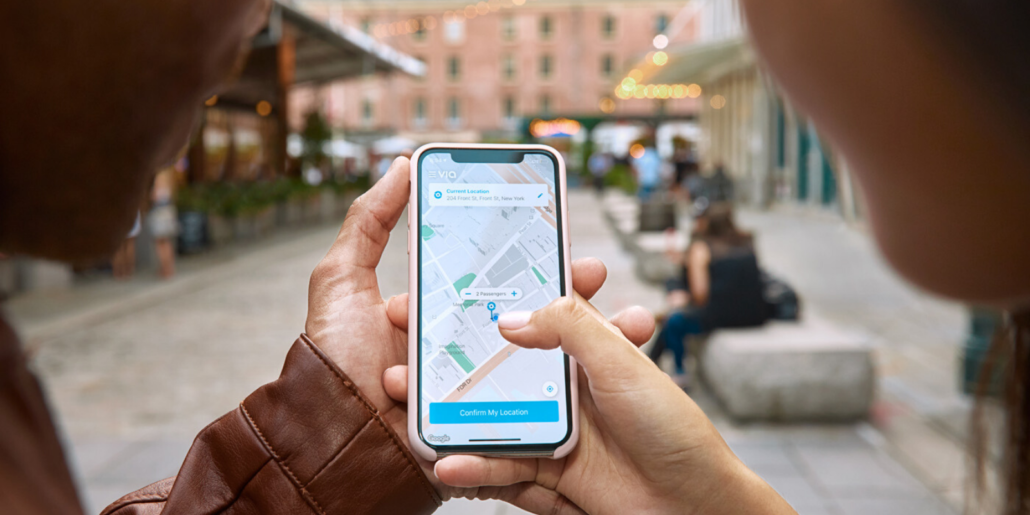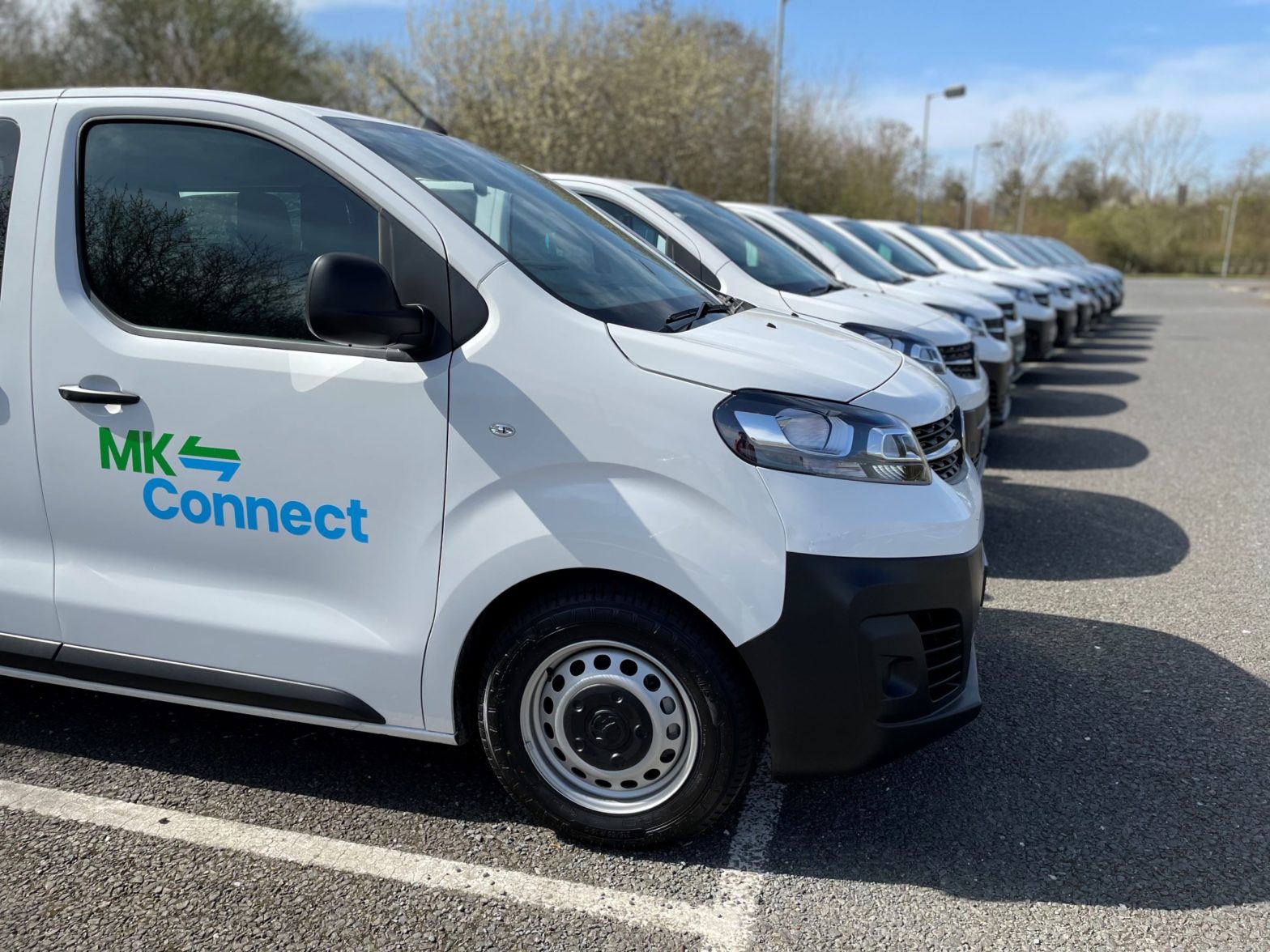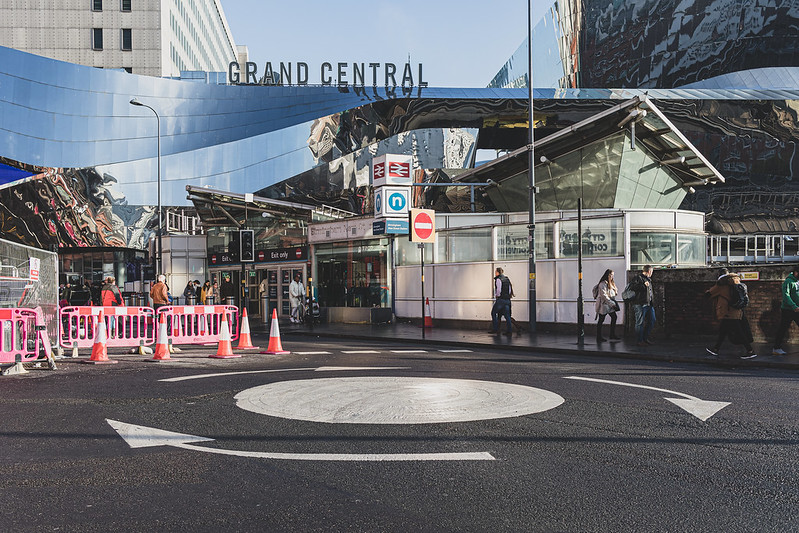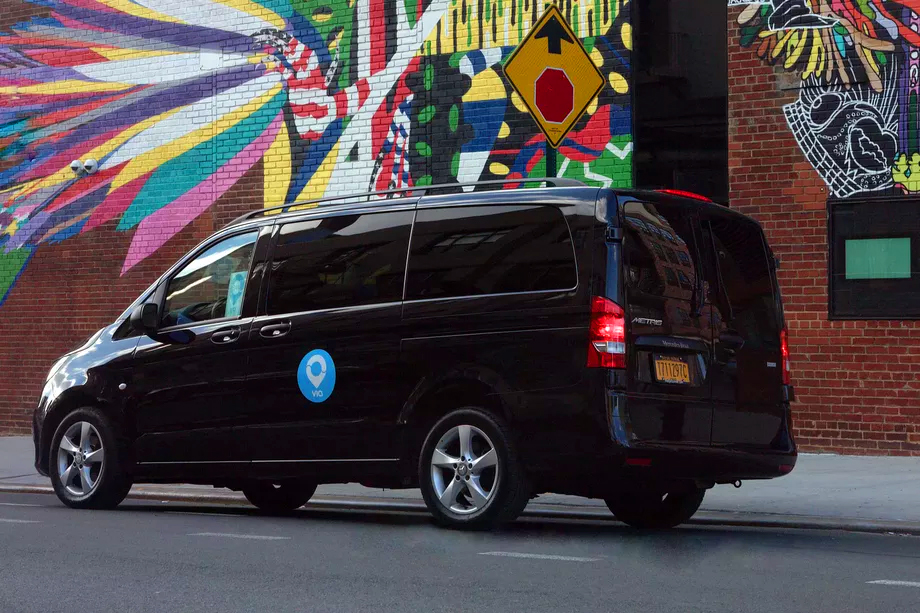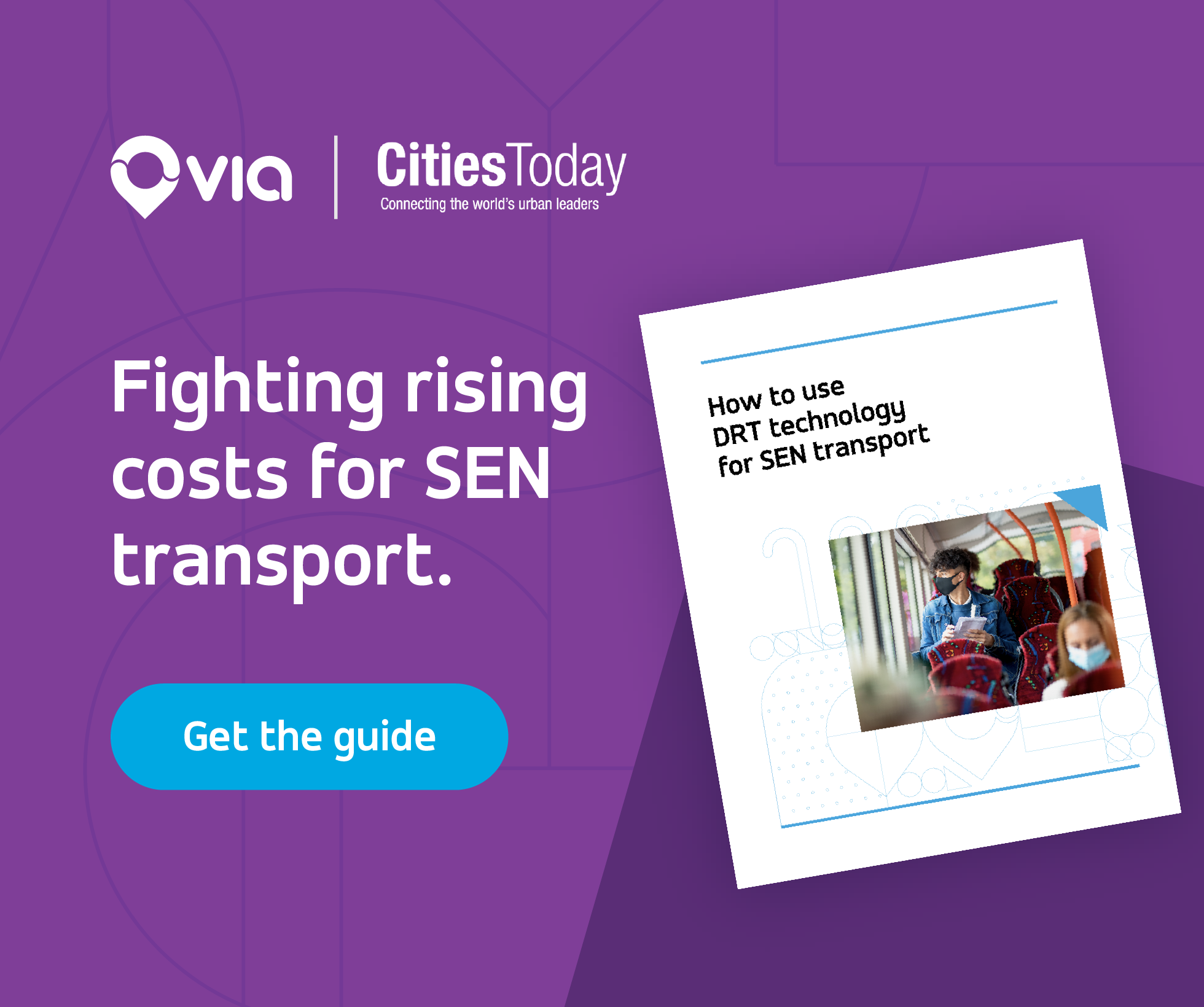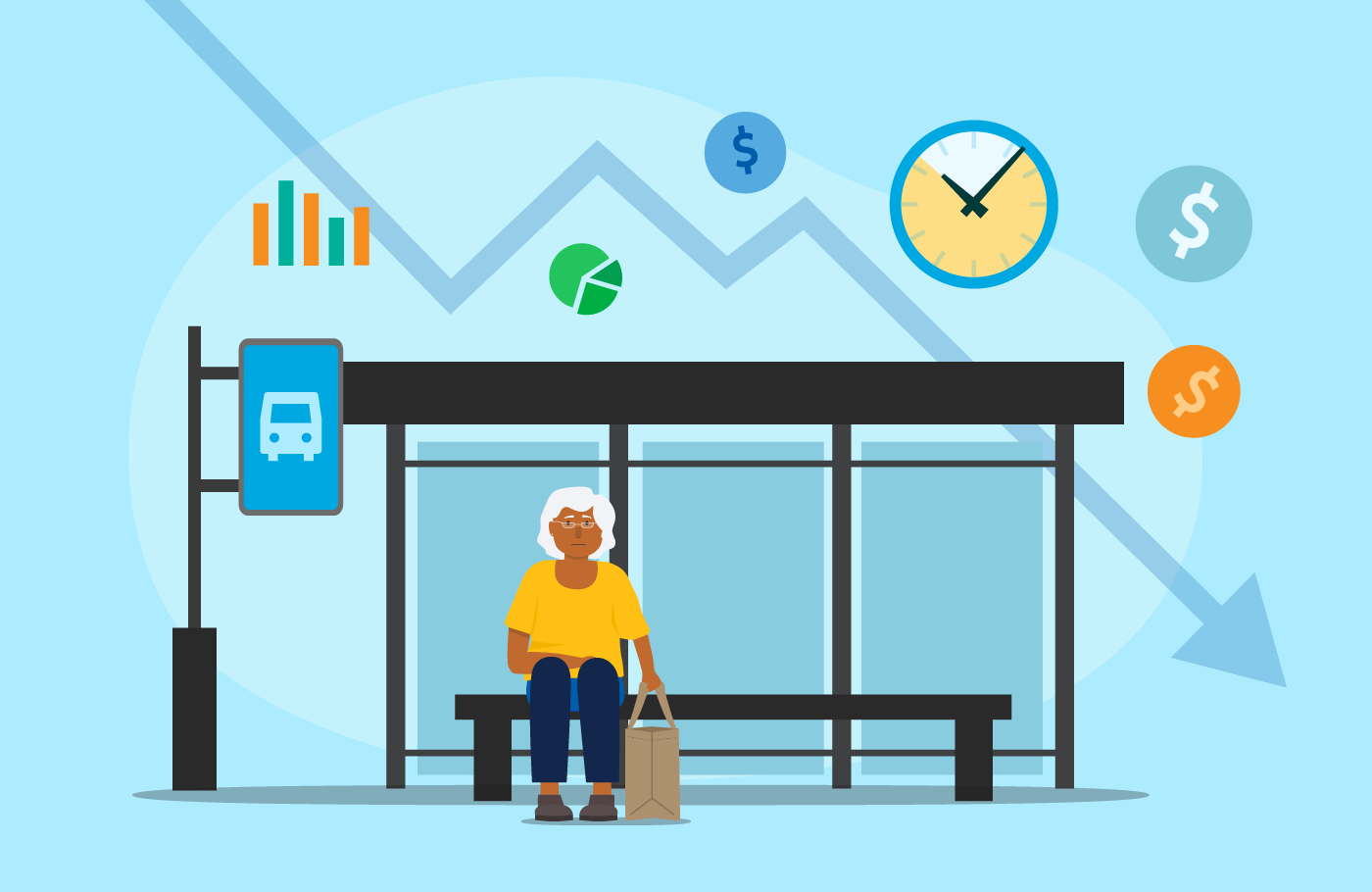
Public transit in rural communities is extremely inefficient — this data tells us how to change that
17 May 2021
Fixed route public transportation services have a very low utilisation rate — measured by passenger trips per revenue-hour — in rural areas. Here’s how to give those numbers a boost in your town.
While it’s no secret that rural communities commonly lack access to reliable and efficient public transportation, the sheer number of rural residents without access to cars shows just how important it is to connect rural Americans with better transit options. According to 2019 American Community Survey data five-year estimates, more than one million American households (approx. 2.5 million people) in primarily-rural counties do not have access to a private vehicle.
Via analysed 2019 transportation utilisation data from the National Transit Database (NTD) of all bus services in the country, and pinpointed some key findings. Firstly, of all 1,182 bus networks provided by transportation agencies, 87 percent of the 200 least-productive bus networks are located in rural counties with populations lower than 50,000 residents.
In this context, productivity is measured as passenger trips per revenue-hour and a deeper look at the data for those 200 least-productive fixed route service networks paints a troubling picture. Over 80 percent of them are located in counties where annual household income is less than the US median. These low-income areas demonstrate an even greater need for smart investment in public transportation networks to enhance transit equity, specifically.
Every agency’s challenges are unique, but among the most common are insufficient coverage of the job centres, excessive headways, and limited hours of operation. Without good-quality transit services — defined as no more than 10-15 minute headways throughout the day — rural Americans are increasingly cut off from employment and education opportunities, public services, and even basic necessities like healthcare and grocery shopping.
Demand-response outperforms fixed routes in rural communities, but it could still use an upgrade.
Based on the 2019 World Bank collection of development indicators, nearly 17.5 percent of the U.S population (approx. 58 million people) live in rural areas. We need to rethink how to provide better transportation for the millions of rural Americans who don’t drive — and we’ve got some clues on how to do so.
Existing rural services are mainly divided into two camps: Fixed route and demand-response (DR). For the latter, many rural agencies already only dispatch vehicles to meet actual demand. When comparing the 100 least-productive bus networks across the US with their DR counterparts (referred by NTD as pre-scheduled services) in the same areas, the results were decisive.
Among the 100 lowest-performing fixed route providers, average productivity is just 1.41, making them 65 percent less efficient than the DR vehicles serving the same areas. And while productivity with DR services increases, operating fees actually decrease. Cost per bus passenger trip is US$56 on average, but DR costs are 32 percent less than that.
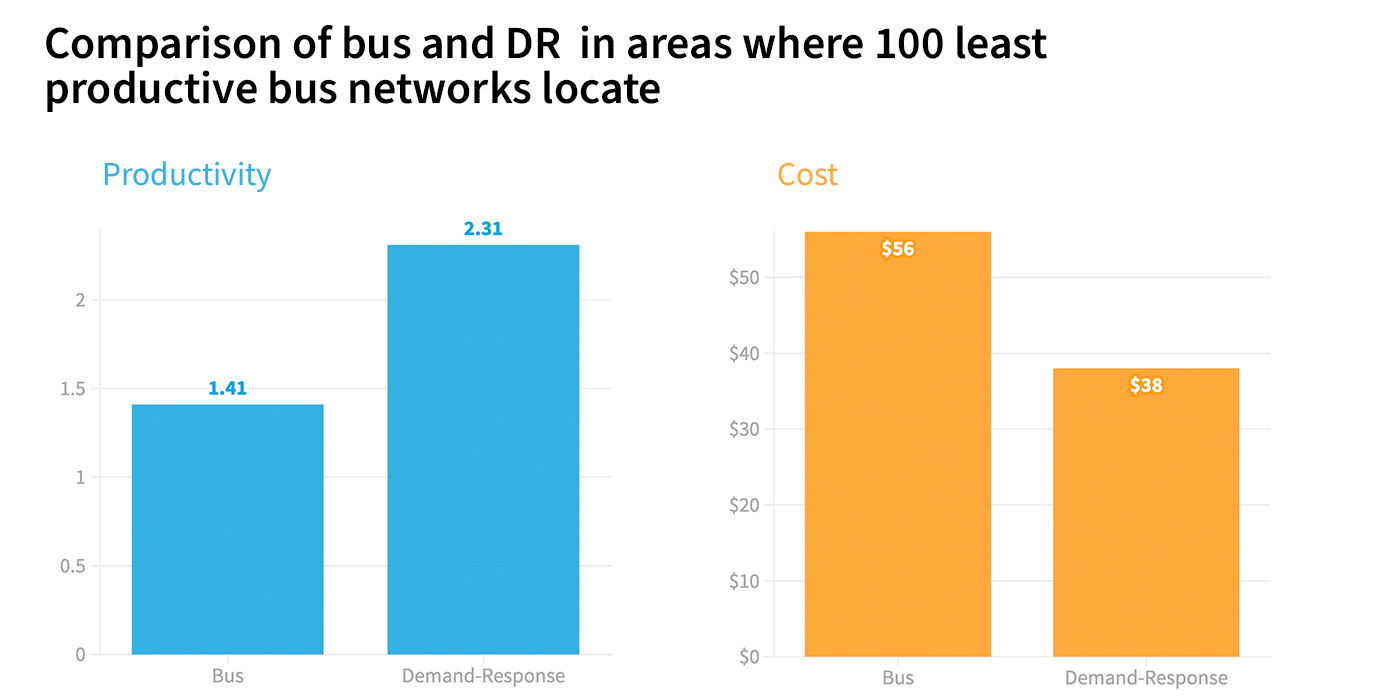
DR service is more efficient in rural contexts in particular because instead of a fixed route bus that runs no matter what, flexible scheduling only dispatches vehicles when there is actual demand — reducing the number of driver hours needed for the same number of trips. Additionally, operators do not need the same certifications to drive smaller, demand-response vehicles as they would to drive full-sized buses, which also reduces labour costs significantly.
DR modes outperform fixed routes in rural communities, but there is still ample room for growth. In fact, rural demand-response is usually tech-light, which results in poor trip scheduling, inefficient routing, and low demand-density.
This is where modern on-demand transit, also known as microtransit, takes a step forward as an upgrade to both underperforming rural fixed route and traditional DR. Microtransit combines the convenience and flexibility of demand-responsive modes with the affordability, efficiency, and sustainability of fixed routes, and communities utilising it today are seeing massive gains.
Compared to demand-responsive transit options, microtransit can enable a more efficient service by offering features like real-time vehicle tracking, automated trip assignment and dispatch, and modernized rider communications. These technology-powered solutions help communities become more flexible and resilient by optimising existing services to better support travellers.
On-demand transit equips rural counties with better public transit.
The rural City of Wilson, North Carolina is home to about 49,000 residents and located roughly 40 miles east of Raleigh. After experiencing difficulties sustaining frequent service and ensuring regular, reliable transit access for its residents, Wilson sought to make a change.
In September 2020, Via partnered with the City of Wilson to replace its outdated public transit system with on-demand service. Unlike the bus network, RIDE allows riders to request a trip at any time and pairs riders with others going in the same direction. The new, tech-enabled services expanded coverage to areas the previous system didn’t reach, and significantly reduced wait times for riders.
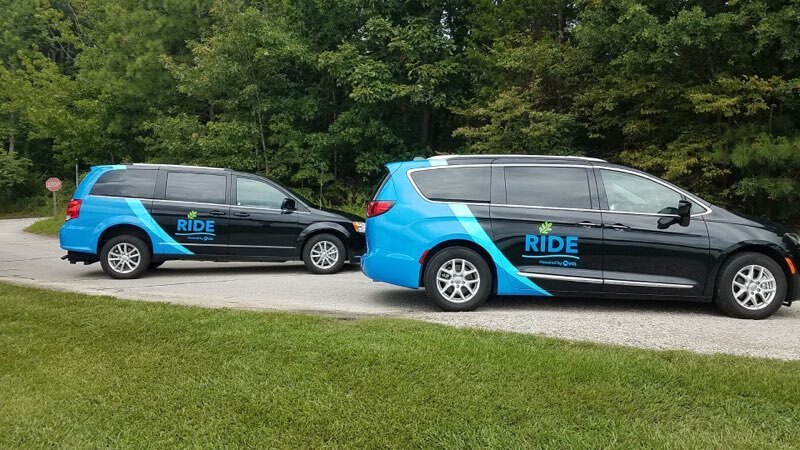
Riders took more than 62,500 trips on RIDE within the first eight months of operation, with vehicle utilisation exceeding projected goals. Since the service launched, one-third of riders have used the app very frequently — 5 times or more — with the average rider having taken 4 rides so far.
Public transportation is essential everywhere, but especially in rural areas, where it connects and supports community members who are not able to drive or afford car ownership. Looking at these hundreds of underperforming bus systems — small-sized but numerous in rural America — it’s clear many could improve service utilisation and even reduce costs by switching to on-demand. Rural cities and transit agencies can follow the lead of Wilson and similar communities by investing in an on-demand transit system that replaces unproductive fixed routes and turns their transportation dreams into reality.



